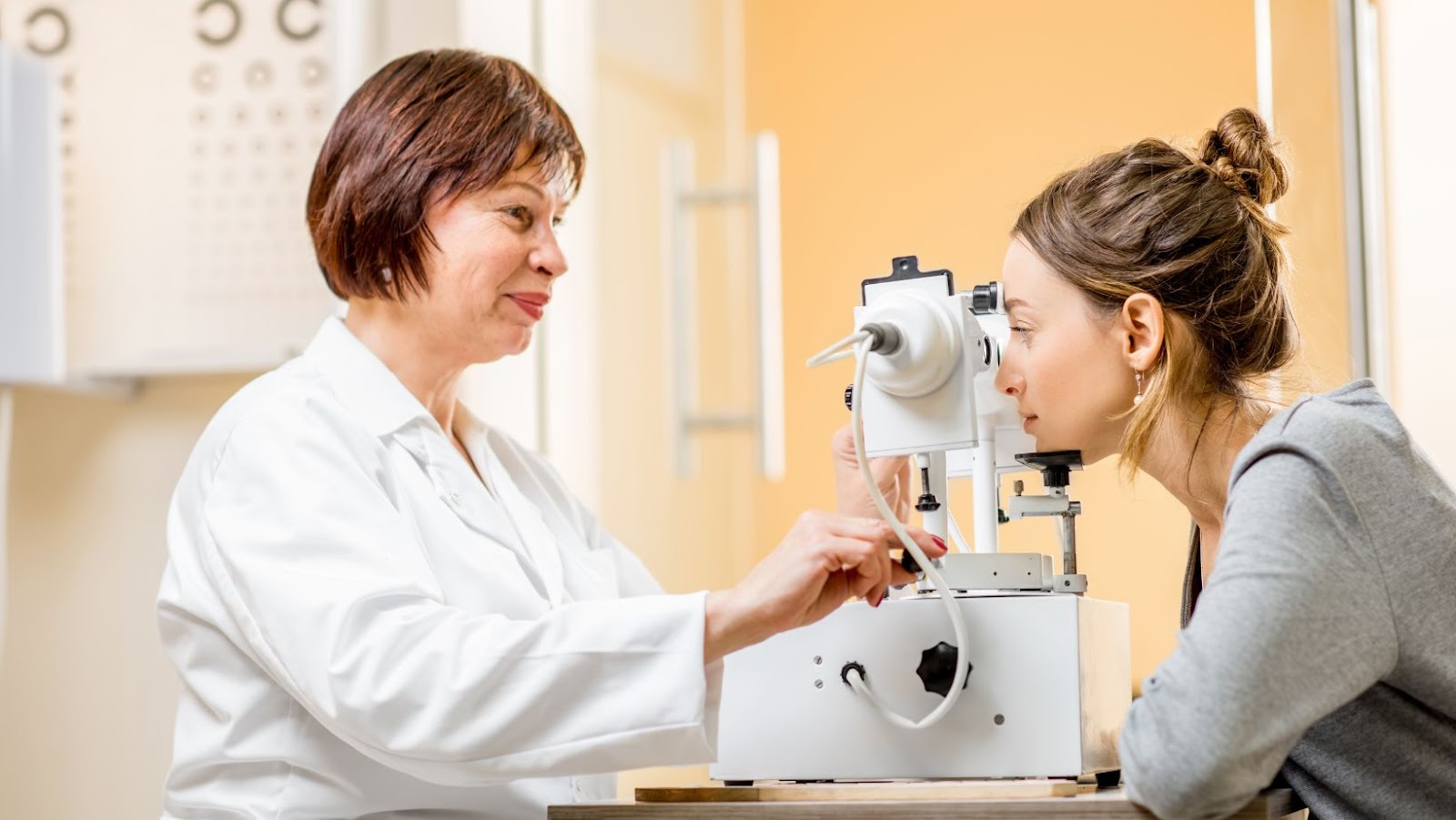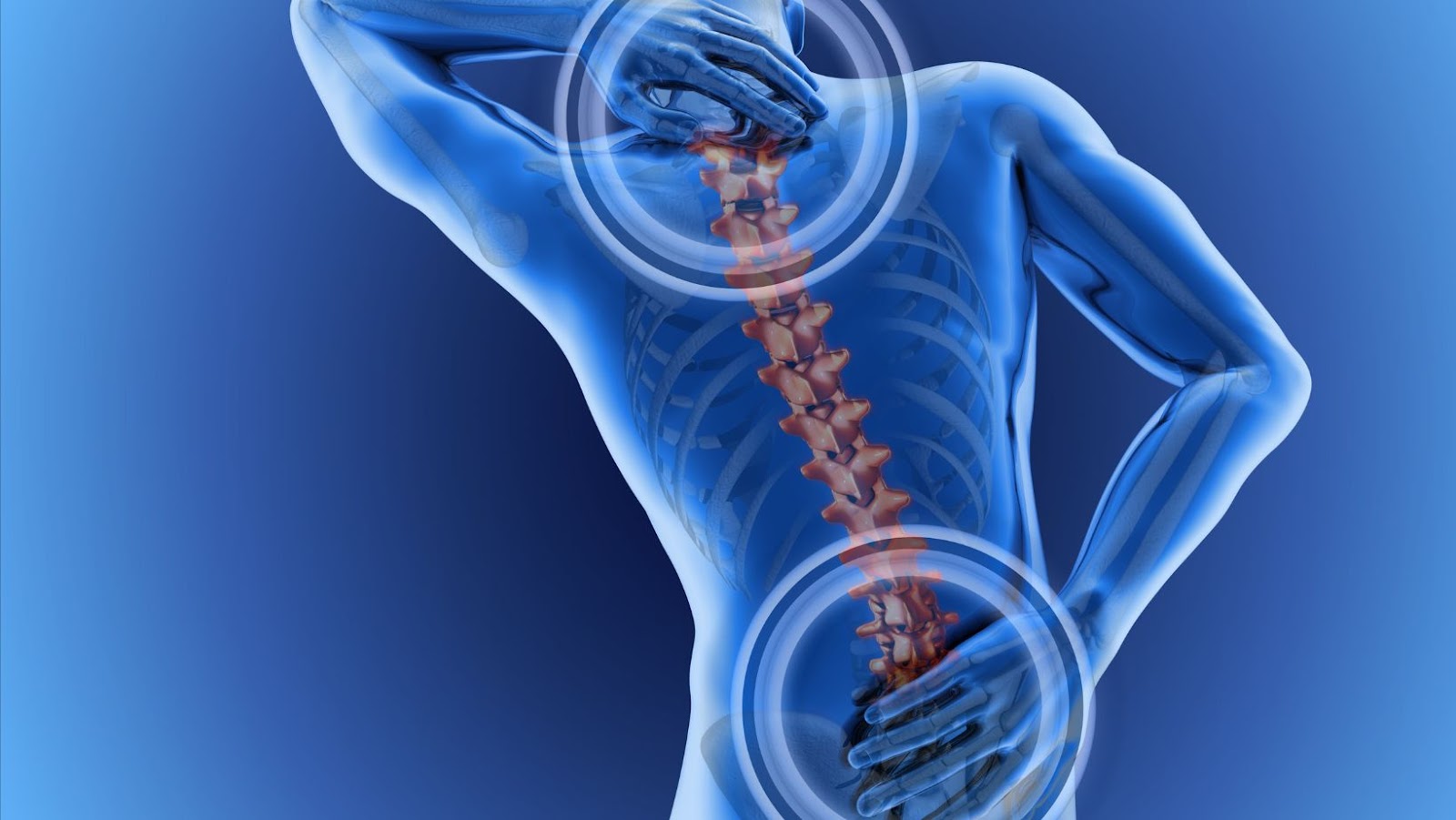The recent $110 million investment in Nanox’s technology promises to revolutionise medical imaging hardware.
Nanox’s patented technology combines digital technology and artificial intelligence to produce portable and low cost X-ray images, which has the potential to be used in a variety of medical applications.
This article will explore some potential applications of Nanox’s medical technology, from diagnosis and treatment to preventing certain diseases.
Overview of Nanox’s technology
Nanox is a leading medical imaging technology company that utilises nanotechnology to gain more precise images of the human body. The company’s smart photon-counting nano screening platform has the potential to revolutionise health care by providing doctors with extremely accurate insights into patient anatomy and physiology. Based on nanoparticles, this technology can detect and track very small particles with extraordinary precision. In addition, its small size allows it to perform large scale operations without taking up too much space.
Nanox’s technology offers an enhanced ability to image organs and tissue within the body in a non-invasive way, allowing for more accurate diagnosis of diseases and conditions such as cancers, cardiovascular issues, brain activity, joint problems and immune system disorders. It also has the potential to improve patient monitoring during surgery by providing detailed information about the progress of treatments. In addition, by detecting changes in vital organs or tissues over time, Nanox can help doctors adjust treatments for greater cohort success rates and improved patient outcomes.
The capabilities of Nanox’s technology can extend beyond medical imaging applications by expanding into areas such as waste management: by identifying molecular levels of environmental toxicity and hazardous materials from a distance Nanox offers a viable solution in addressing global high risk targets that threaten public safety. Finally, Nanox’s technology could be used in fields ranging from security screening to machine learning & AI research thus elevating Digital Health Care Performance globally.
Nanox’s recent funding success
Nanox, a Japanese company that produces imaging devices to diagnose diseases such as cancer earlier and more accurately, has recently successfully raised large-scale funding. In 2019, they raised $110 million in series B venture capital investments, and are well on the way to completing their 2020 series C funding goals. This success has been followed by an increased interest from health care providers and investors alike in the potential applications of Nanox’s technology in helping diagnose illnesses earlier and more accurately than ever before.
Nanox’s imaging devices fundamentally differ from traditional radiography systems as they operate at a nano-scale. This technology uses its nanoscopic size to provide unprecedented medical imaging for practitioners to diagnose their patients’ health conditions. By providing highly detailed images at a fraction of the cost associated with traditional radiologic services, Nanox’s technology can offer significant cost savings while providing reliable diagnosis information that physicians rely on when making informed decisions about their patient’s health care.
Potential Applications
Nanox, a startup based in Israel, recently raised $110 million to develop medical imaging hardware. Nanox’s proprietary X-ray technology promises to be a revolutionary medical imaging and diagnostics development. This technology has tremendous potential applications in patient care and could potentially revolutionise how we diagnose and treat various medical conditions.
This article will explore the various potential applications of Nanox’s revolutionary tech.
Diagnostic Imaging
Nanox is at the forefront of offering imaging solutions using nanotechnology. Combining health care and state-of-the-art technologies, Nanox has developed imaging solutions to facilitate the delivery of better patient care, while helping to reduce costs. This technology can be used in various diagnostic imaging applications, including traditional X-ray and ultrasound scans.

The diagnostic imaging industry is driven by advances in microelectronics technology and special software algorithms that enable clinicians to visualise internal anatomy and detect hidden characteristics with greater accuracy and efficiency. An important application for medical professionals is evaluating a patient’s internal organs for abnormalities or disease detection at an early stage. As the process uses non-invasive procedures, it does not cause any harm to the patient’s tissues or organs. Therefore, it can be used for various diagnostic screening applications such as checking for pregnancy, cancers, birth defects etc.
Furthermore this improved imaging technology has been developed with AI (Artificial Intelligence) integration which helps reduce radiation exposure levels during scan times along with speed increases drastically compared to traditional methods. Physicians use this AI integrated Technology for diagnosing several health issues such as coronary artery occlusion, sleep apnea delays or even post surgical surgeries typically allowing them faster follow ups with patients around world virtually creating cost savings in time and travelling expenses. In addition, the ability to use XD Software allows physicians enough power to virtually investigate conditions such as musculoskeletal fractures thus giving further details on treatment directions that they must take.
Therapeutic Imaging
Therapeutic imaging with Nanox’s innovative and advanced technology has many potential applications. For example, this technology could diagnose diseases before symptoms, aiding in preventive and personalised medicine. It could also detect alterations or abnormalities in a patient’s body quickly and accurately, allowing for earlier treatment.
Using Nanox’s digital imaging scanners, accurate images can be taken of the human body without any radiation dose while still providing high resolution images. This would provide physicians with clearer X-ray images of internal body organs and bones which can be used to identify foreign objects inside the body and diagnose diseases such as cancers or cardiovascular problems. Nanox also offers non-intrusive image capturing methods that can record 3D video clips. This would enable physicians to assess cardiac motion for improved accuracy and reduce the need for further testing procedures, resulting in safer patient monitoring and treatments.
Nanox’s technology could also have therapeutic applications since it can capture dynamic videos with real time recordings which can help physicians monitor a patient’s progress throughout their treatments. In addition, nano-ultrasounds make full body examinations more accessible by providing low cost yet highly accurate analysis, drastically reducing medical waste compared to traditional procedures such as multiple X-rays or biopsies; this creates opportunities for more economical therapeutic medical diagnostics on a global scale.
Ultimately, therapeutic imaging powered by Nanox has endless potential medical applications that will continue improving healthcare outcomes everywhere available.
Drug Delivery
Drug delivery is the process of delivering medication to a patient. Nanox technology has the potential to revolutionise this field by providing an effective and efficient platform for drug delivery.
Nanox’s approach involves utilising tiny particles measuring in nanometers (a thousand times smaller than a millimetre). These nanoparticles are then loaded with drugs or other therapeutic agents that can target specific areas in the body. The individualised nanoscale size allows enhanced cellular uptake of the drug, leading to higher concentrations of the active agent reaching its site of action, thereby increasing its effectiveness while mitigating side-effects.
The ability to target selective cells means nanomedicine can be used for drug delivery, gene therapy, and genetic modification, providing more personalised treatments through enhanced tissue-specificity and improving drug efficacy. Additionally, current drug delivery techniques such as subcutaneous injection have various issues including localised tissue damage or scarring; this new nanotechnology for safer and improved treatments may replace these techniques.
Nanox’s approach to drug delivery offers great potential in medicine. Not only can traditional medicine benefit from better targeting of therapeutic agents but it also opens up possibilities for new applications such as molecular imaging or molecular diagnostics – further enabling us to tailor treatments that benefit cancer patients and a range of other chronic diseases.
Nanox raises $110 million for medical imaging hardware
Nanox is a startup that has recently raised $110 million to develop medical imaging hardware. Their technology has the potential to revolutionise the medical imaging space and provide several benefits to both patients and medical professionals.
This section will explore the potential applications of Nanox’s technology in medicine and the benefits it could bring.
Increased accuracy
Nanox’s digital X-ray system offers improved imaging accuracy compared to analog X-ray. In addition, it can update images at a near real-time rate, meaning that medical technicians can quickly detect any unexpected changes in a person’s body and make quick decisions about possible treatment options. This leads to improved patient outcomes and better healthcare for all.

Nanox’s technology allows medical practitioners to predict illness earlier and diagnose with greater precision.
In addition, Nanox’s digital system provides higher resolution images than traditional X-rays. This enhanced imaging capability allows for improved detection of small tumours and other abnormalities in hard-to-reach body areas compared to standard analog X-rays—a major advantage for effective diagnosis and treatment planning. Moreover, Nanox’s technology can produce more accurate views of multiple planes for better evaluation of anatomy than regular radiography which typically produces just one view at a time.
Overall, the increased accuracy offered by Nanox’s technology leads to quicker detection of medical issues before they become serious or life threatening with less radiation exposure which helps reduce the risks associated with unnecessary examinations or treatments.
Reduced cost
Nanox’s technology has the potential to reduce costs significantly while improving current imaging standards. The most typical imaging methods require dedicated scanning rooms, trained personnel, costly x-ray generators, and potentially hazardous radiotherapy components. In contrast, Nanox’s dedicated small x-ray sources are significantly cheaper than current large x-ray generators. Also, the Nanox system requires fewer personnel and does not call for expensive specialised scanning rooms or potentially dangerous radiotherapy components.
Moreover, the improvements in accuracy provided by Nanox technology reduce avoidable costs from incorrect or delayed diagnosis due to inadequate image resolution from existing technologies. In addition to reducing overall spending on healthcare services, this improved accuracy could lead to better patient outcomes and reduced risk of legal liability from medical practitioners who may have made mistakes due to inadequate information available from existing imaging systems.
Ultimately, this improved precision could be especially cost effective for medical centres that demonstrate a need for comprehensive diagnostic testing for many patients with special or complicated cases.
Improved patient experience
Nanox’s proprietary nanotechnology offers an incredibly accurate imaging solution, complete portability and accessibility. This technology can be used to improve patient experiences in various ways.
Nanox’s X-ray technology allows medical providers to produce more detailed images with greater clarity and speed than ever before. This provides medical providers unparalleled diagnostic capabilities, resulting in earlier diagnoses and improved patient outcomes. In addition, Nanox’s machine is easy to use, meaning that a technician could put it in any patient room and use it while a doctor remotely monitors the images on their laptop or smartphone. The availability of such advanced imaging capabilities means that remote location or lack of access to larger hospital facilities is no longer a barrier to receiving quality care.
Nanox’s technology also creates greater efficiency within the healthcare system by reducing wait times for CT scans or X-rays and allowing doctors to analyse results on the spot rather than waiting for them to be sent from remote imaging centres. Moreover, Nanox’s lower cost can help reduce healthcare costs by giving patients access to more affordable imaging services from their local health care providers. Finally, the portability of Nanox’s X-ray machines means that those unable to travel due to ill health now can access diagnostic services at home – further improving the overall patient experience.
Challenges
Nanox’s revolutionary imaging hardware has the potential to revolutionise the medical field, making diagnostics and treatments faster, cheaper, and more accurate. But with innovation, come challenges.
Nanox will have to face some unique challenges to see this technology deployed widely. These include legal, financial, and technical issues that must be addressed for the technology to reach its full potential.
Regulatory hurdles
The use of Nanox’s technology in medicine may face several regulatory hurdles before wide-scale adoption can take place. For example, before medical imaging devices can be approved, the FDA requires manufacturers to prove a device is safe and effective for its intended purpose. In addition, full clinical trials may be needed for medical device approval.
Additionally, various standards and certifications must be complied with depending on the region the product will be sold in. For example, many countries would require the devices to meet IEC standards for electromagnetic compatibility and have CE markings.

Furthermore, lawmakers may need to revise existing regulations around radiology equipment—such as reimbursement and licensing requirements—to accommodate an actual commercial version of Nanox’s imaging platform rather than just prototype versions.
These regulatory hurdles need to be considered as Nanox works towards potential commercialization of its product.
Lack of trained personnel
Implementing Nanox’s digital X-ray technology in medical practice faces the challenge of a lack of trained personnel. Although this technology promises to revolutionise medical imaging, the health care team must undergo specific training to take full advantage of the platform’s many features.
Moreover, the system requires dedicated personnel with advanced skills in using and maintaining digital X-ray devices and software platforms. Therefore, medical institutions must invest in training personnel and familiarising them with new technologies and procedures.
Furthermore, research is needed to ensure that these newly trained personnel have adequate support from senior staff members when working with unfamiliar technologies in clinical settings. Therefore, an accurate evaluation of financial and manpower investments when introducing cutting-edge technologies into medical practice is essential for successful integration.
Limited availability
Despite the potential applications of Nanox’s medical imaging technology, its widespread introduction and use is limited by several factors. The first of these are economic considerations such as the need for commercial infrastructure and government incentives to be in place to encourage investment and adoption.
In addition, there are technical limitations that could prevent its implementation at a large scale. For example, Nanox’s technology relies on a system of X-ray sources, which must be properly calibrated so that the exposure doses do not exceed safety standards. As with any other medical imaging technology, there must also be appropriate safety measures to ensure that radiation exposure is kept within safe limits.
Finally, Nanox still needs to demonstrate its technology’s efficacy compared to existing technologies such as computed tomography (CT) or magnetic resonance imaging (MRI). As long as this does not happen it might not be possible for the company to attract enough customers willing to pay for its product. Therefore, these challenges must be addressed if Nanox wants to succeed in making its medical imaging technology widely available.
tags = Nanox, medical imaging hardware, $110 million, Medical imaging startup, X-ray with hardware, startrek biobed, nanox xrays zebra vision 200mwiggersventurebeat, A-Labs Advisory and Finance Ltd


More Stories
Progressive Slot Machine Strategy: Key Techniques for Big Wins
The Evolution of Augmented Reality (AR) in Gaming: A New Frontier
Image Annotation Services for Autonomous Vehicles